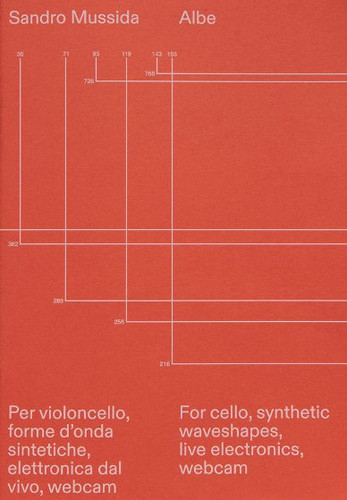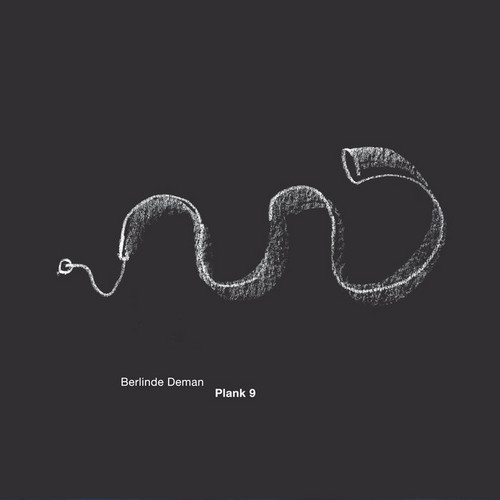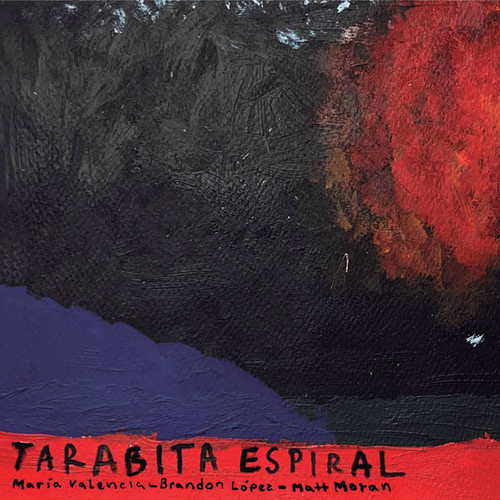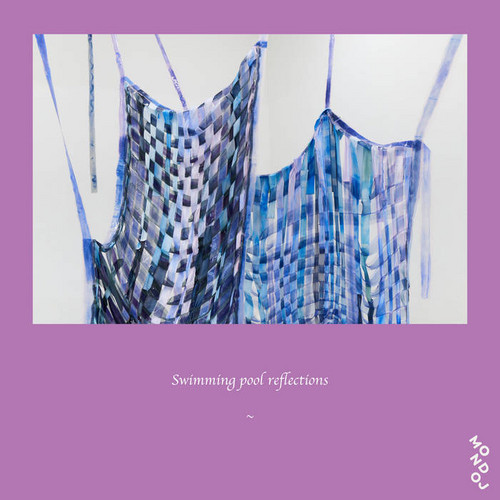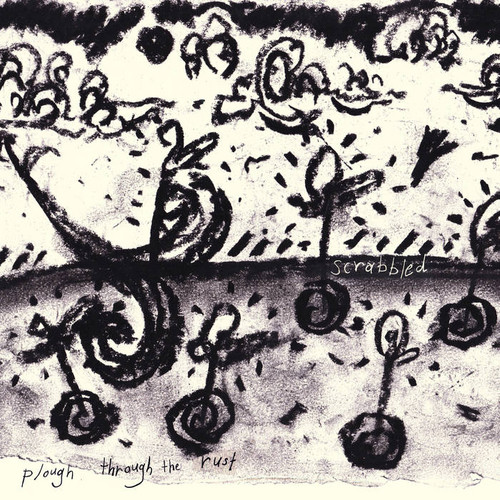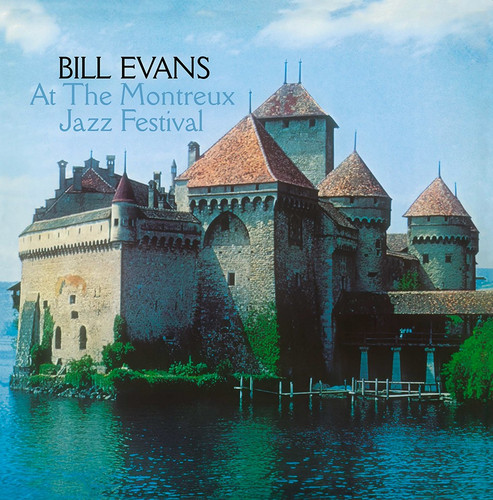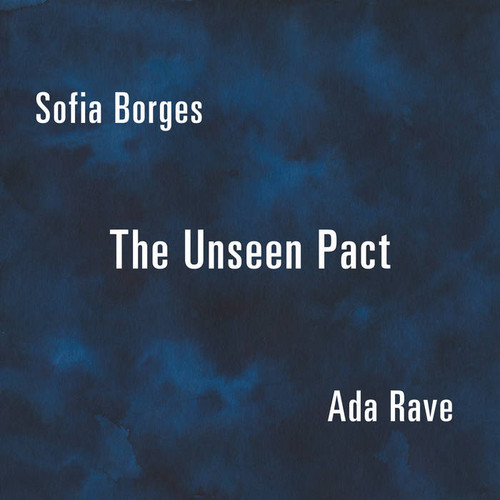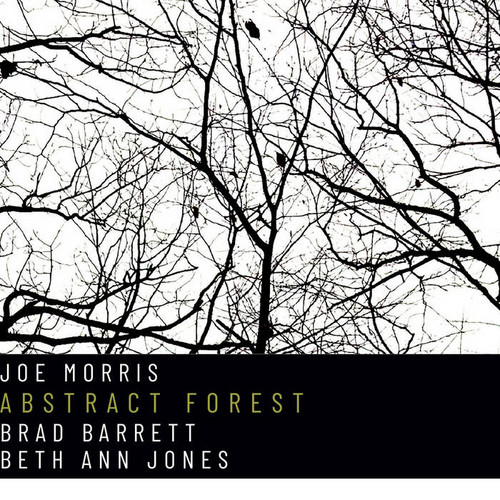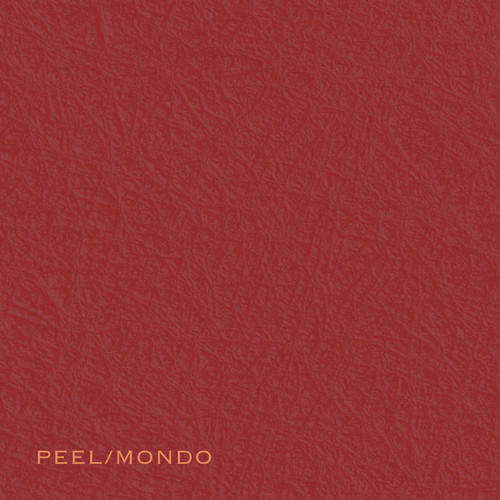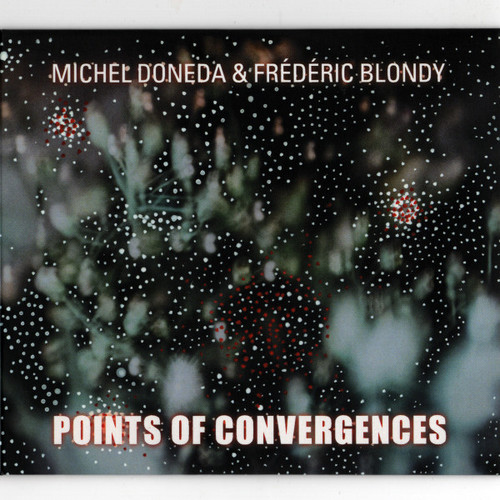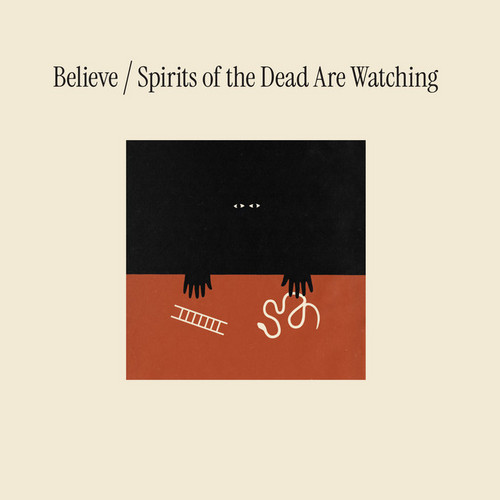New Arrivals
Things Gone and Things Here Still
*300 copies limited edition* Mister Water Wet returns to Soda Gong with "Things Gone and Things Here Still," an album that radically expands the project’s purview while preserving the homespun warmth and oblique tactility that have long defined Iggy Romeu’s work. Where earlier records tilted toward the dusty swing of sample-based beatcraft or spectral minimalist jazz, here Romeu opens the frame to a more ensemble-minded approach, inviting a stellar cast of supporting musicians, including SG alum…
Hug of Gravity
*155 copies limited edition* »Hug of Gravity« is the second solo album by Raphael Loher and his first for Hallow Ground. The Swiss pianist and composer uses piano preparations, tape machines, and digital means to forge an aesthetic of playful reduction and rhythmic abstraction. The source material for these four sprawling pieces was culled from recordings of the artist performing the album’s predecessor, 2022’s »Keemuun.« Loher used them in a painstaking two-part working process to create an alb…
Butterflies
*77 copies limited edition* Warm Winters is proud to present Butterflies, the latest ambient album by artist Rob Winstone. This captivating release invites listeners on a serene journey through lush soundscapes and delicate textures. With its immersive layers and tranquil moods, Butterflies perfectly captures the ephemeral beauty suggested by its title.
Rob Winstone’s masterful compositions flow effortlessly, blending organic and electronic elements to create a deeply meditative experience. The …
Liquid Adjustment [a santa fe soap opera]
*100 copies limited edition* Liquid Adjustment is a gripping 35-minute amateur radio drama that intertwines the charm of a small town with the mysteries of extraterrestrial life, all framed by compelling romance and rich drama. Inspired by Joanne Kyger's Bolinas Soap Opera, this production has been thoughtfully adapted for radio by Sean Dickerson of Prroblem Press.
Recorded in June 2025 at No Name Cinema in Santa Fe, New Mexico, the album features expert mixing by Justin Rhody and Sean Dickerson…
Albe
*150 copies limited edition* "Albe (Dawns) is a hybrid project built around the observation of a dawn through an online real-time camera system. The theme regarding processes of time and our presence within it lasting for several minutes is one that has had an enduring fascination for me. The work is presented both in performance form and as a fixed installation within a space. The choice of observation point is determined by the time of execution, which must coincide with a site where the posit…
Scratching At The Surface
“Scratching at the Surface” is a new collaboration from Erin Rogers and Kelsey Mines. This collection of striking vignettes dives deep into sonic exploration, weaving together powerful low-end resonance and shimmering high tones. Inspired by the sea’s raw energy and quiet beauty, Rogers and Mines craft a mesmerizing soundscape of undulating rhythms, bold textures, and immersive mystery.
HobbyHouse
HobbyHouse is the self-titled debut album by the Berlin-based duo featuring Mia Dyberg (DK) on saxophone and Axel Filip (ARG) on drums. Rooted in avant-garde improvised jazz, HobbyHouse explores diverse musical structures and sonic playgrounds, crafting spontaneous compositions with a strong focus on timbral nuance and authenticity. The duo weaves these elements into vivid, evolving sound narratives that reflect their commitment to exploratory expression and creative immediacy.
A Reflection Distorts Over Water
"Whether Camila Nebbia is freely improvising or playing originals that toggle between poetic rumination and fiery blowing, she is all in. With "A reflection distorts over water" she’s formed one of the most febrile, elastic ensembles in a very prolific career, uniting with two of the strongest improvisers in the US: veteran pianist Marilyn Crispell and rising percussionist Lesley Mok.
The new trio set up at Nevessa Studio without any prior rehearsal. They played Mok’s composition “Longing” while…
Plank 9
Wood, leather, breath. Six holes, hard to cover. One thousand five hundred ninety.
Silence is never just absence. It lingers between notes, in glances, in breath held. Through the serpent, I seek one that holds. One that stays
Red Shifts
Redshifts marks the debut collaboration between artists Zeena Parkins and Cecilia Lopez. Recorded in January 2025, the album features a striking interplay between two singular instruments: Parkins’ self-invented electric harp and Lopez’s RED—a large-scale, handwoven electronic instrument made from speaker wire. This collection of pieces captures a vivid sonic dialogue between Parkins’ masterful, expressive performance and López’s sculptural approach to sound and instrument design. These are one-…
Tarabita Espiral
Friendships and musical ties that are born unpredictably and are woven through distance, allowed the fortuitous encounter of Tarabita Espiral. A trio made up of Colombian saxophonist and clarinetist Maria Valencia, Puerto Rican NY- based double bassist Brandon López and NY-based vibraphonist Matt Moran. These three vibrant artists eschew traditional roles to sculpt a musical landscape of restless motion and textural dissonance.
Valencia’s reeds seethe and spiral, channeling both fractured lyrici…
Swimming Pool Reflections
Mona Steinwidder (Museum of No Art) and Mitko Mitkov have spent years exchanging sounds and words across Hamburg's creative landscape - Swimming Pool Reflections is where those exchanges accumulated in Steinwidder's studio beneath the slanted roof of a former barracks. Premiered in November 2024 for Gesa Troch's exhibition "you say water is sweet", the work intertwines Mitkov’s texts (originally composed as emails to members of a swimming club, as imaginary as they are real) with Steinwidder’s c…
Plough Through The Rust
The DIY ramshackle energy we know and love from the group is present and familiar, as is the dry wit and authenticity (a word I’m nervous in using, but if the shoe fits), however Plough Through the Rust often sees the group's songwriting taking a more introspective and personal path. Whereas Pig City was sonically expansive (and three songs here are drawn from those sessions), Rust often draws things closer, finding the charm within the scaled back honesty and rawness.
"Like Velvet Underground i…
At The Montreux Jazz Festival
This live jazz album, recorded on June 15, 1968, at the Montreux Jazz Festival in Switzerland, showcases the extraordinary artistry of Bill Evans on piano, accompanied by Eddie Gómez on bass and Jack DeJohnette on drums. Capturing the trio at a peak of creative interplay, the album presents a captivating blend of original compositions and classic standards.
The repertoire features Evans originals such as “One for Helen” and “Nardis”, alongside his masterful interpretations of timeless pieces lik…
The Unseen Pact
The Unseen Pact marks the first recorded encounter between percussionist Sofia Borges and saxophonist Ada Rave—a meeting shaped by fierce yet lyrical energy, and a shared commitment to spontaneous storytelling through sound. Borges and Rave move like co-conspirators in a ritual of fire and ether, navigating the space between control and surrender. Rave masterfully weaves narratives that evoke characters and shifting personalities—stories that unfold as she plays. Borges, in turn, bends time and …
Abstract Forest
Tip! On this striking new CD, Joe Morris wields his guitar with deliberate restraint, building deep layers that breathe around Brad Barrett’s cello — its bowed lines resonating with both plaintive lyricism and edgy percussive accents. Beth Ann Jones anchors the trio with a sculptural bass, her tone rich and propulsive, providing an essential counterpoint to Morris' explorations. It's a beautifully measured session—each player deep-listening, unfolding subtle dialogues, and seamlessly shifting be…
Peel/Mondo
Ada Rave and Marta Warelis, two luminaries of Amsterdam’s improvised music scene, unite on Peel/Mondo to craft a compelling dialogue between saxophone and piano. Rave, an Argentinian saxophonist renowned for her bold tenor sound and innovative techniques, joins forces with Warelis, a Polish pianist celebrated for her sonic versatility and explorations of the piano’s timbral possibilities.
Points Of Convergences
This double album was recorded on the night of June 3, 2014, at Saint-Merry Church, in the heart of Paris. Beyond its architectural beauty, Saint-Merry possesses an extraordinary acoustic quality, which has shaped countless sonic experiences and left its mark on this recording. It was in this inspiring setting that we had the privilege of recording this music with Michel Doneda, in a moment of deep immersion, carried by the unique resonance of the space. The talented Augustin Muller masterfully …
Spirits Of The Dead Are Watching
Believe’s debut album ‘Spirits of the Dead are Watching’ is a potent statement from four of Australia’s most experienced and dedicated improvisers. A powerhouse unit of rare intimacy, flexibility and passion, Believe connects the spectrum of contemporary creative sound making with the fluid, anything is possible momentum of free jazz.
Taking Place
Asked to create a solo album, Adia started looking for a creative way to re-invent her solo saxophone music. Her new improvisations are inventive pieces which take advantage of the full range of her instrument and different playing techniques, but also the sounds of her surroundings in the unusual locations where she recorded – the echo of a silo, the clucking of a chicken coop, or passing cars. These sounds inspired the music, creating a dialogue with the environment.
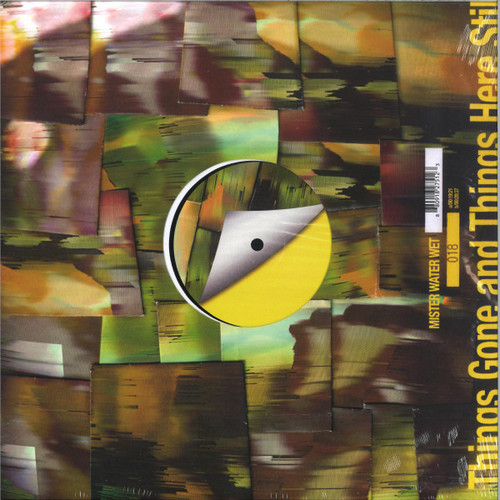


![Liquid Adjustment [a santa fe soap opera]](https://cdn.soundohm.com/data/products/2025-11/ODQtNDQ4NS5qcGVn.500.jpg)
